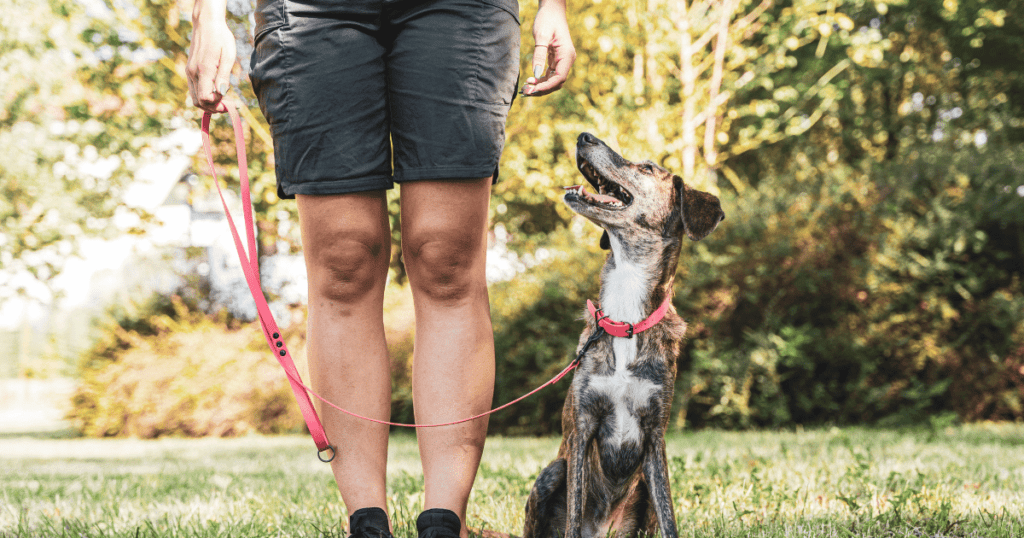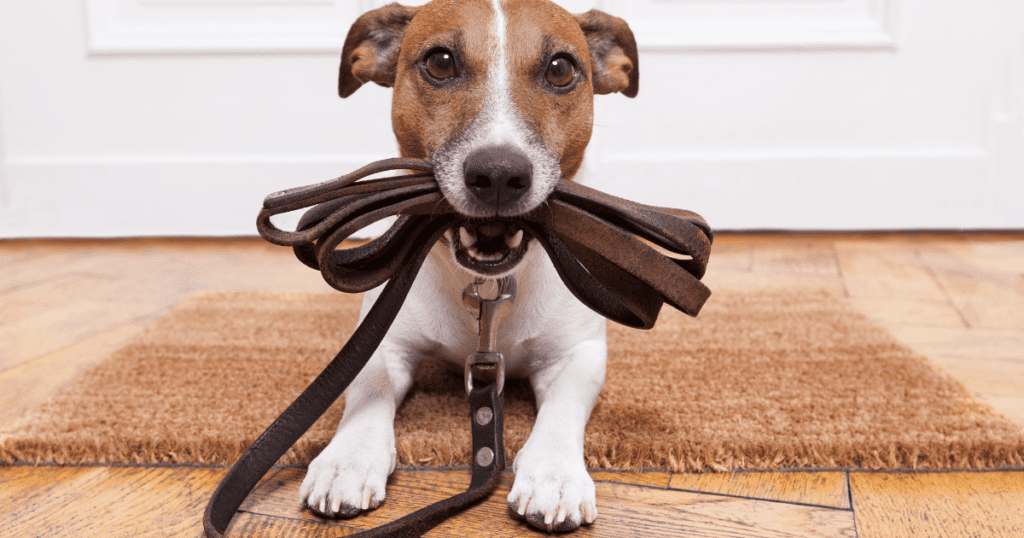Bringing a rescue dog into your home is one of the most rewarding experiences. You are giving a deserving animal a second chance at life and gaining a loyal companion who will bring joy and love into your home. However, adopting a rescue dog comes with its own set of challenges. Unlike puppies or dogs
Bringing a rescue dog into your home is one of the most rewarding experiences. You are giving a deserving animal a second chance at life and gaining a loyal companion who will bring joy and love into your home. However, adopting a rescue dog comes with its own set of challenges. Unlike puppies or dogs that have been raised in a stable environment, rescue dogs often come with a history of trauma, neglect, or uncertainty. This is where the 3-3-3 rule comes into play—a guideline that helps the dog and the adopter navigate the transition period smoothly.
In this blog post, we’ll dive deep into the 3-3-3 rule, explaining what it is, why it’s essential, and how to apply it to ensure a successful adoption process. Whether you’re a first-time adopter or a seasoned dog owner, this rule will help you set realistic expectations and create a nurturing environment for your new pet friend.

What is the 3-3-3 rule?
The 3-3-3 rule is a timeline that outlines the stages a rescue dog typically goes through during the first three days, three weeks, and three months after being adopted. It’s a framework that helps adopters understand their dog’s behavior and emotional state during this critical adjustment period. Here’s a breakdown of each phase:
The First 3 Days – Decompression
The first three days are often the most overwhelming for a rescue dog. Everything is new—the sights, sounds, smells, and people. Your dog will likely feel scared, anxious, or even shut down during this time – this is entirely normal.
1- What to Expect: Your dog may not eat much, avoid eye contact, or hide in a quiet corner. They might also hesitate to explore their new surroundings or interact with you.
2- What You Can Do: Give your dog space. Set up a quiet, comfortable area where they can retreat to feel safe. Avoid simultaneously overwhelming them with too much attention or introducing them to too many people or pets. Stick to a routine for feeding, potty breaks, and short walks to help them feel secure.
2. The First 3 Weeks – Settling In
By the end of the first three weeks, your dog will start to feel more comfortable in their new environment. They’ll begin to show their true personality and may start testing boundaries. This is a crucial time for building trust and establishing routines.
-What to Expect: Your dog may become more curious and explore their surroundings. They might also exhibit behavioral issues, such as chewing, barking, or accidents in the house, as they adjust to their new life.
-What You Can Do: provide structure and consistency. Start introducing basic training commands and positive reinforcement to encourage good behavior. Be patient and understanding as your dog learns the rules of their new home.
3. The First 3 Months – Building Trust and Bonding
Your dog should feel fully settled into their new home by the three-month mark. They’ll have developed a sense of trust and security with you and will start to show their true personality. This is when the bond between you and your dog truly begins to deepen.
-What to Expect: Your dog will likely be more relaxed, affectionate, and confident. They’ll better understand your routines and expectations, and their unique personality will shine through.
-What You Can Do: reinforce positive behaviors through training and socialization. Spend quality time with your dog, whether through play, walks, or simply relaxing together – this is also a good time to address any lingering behavioral issues with the help of a professional trainer if needed.
Why the 3-3-3 Rule Matters
The 3-3-3 rule is more than just a timeline—it’s a reminder that adopting a rescue dog is a process that requires patience, understanding, and empathy. Many adopters expect their new dog to fit into their lives immediately, but the reality is that it takes time for a dog to adjust to a new environment and form a bond with their new family.
Following the 3-3-3 rule, you can set realistic expectations and avoid common pitfalls, such as becoming frustrated with your dog’s behavior or giving up too soon. It also helps you recognize the progress your dog is making, even if it’s small steps at a time.
Tips for a Successful Adoption
Here are some additional tips to help you and your rescue dog navigate the 3-3-3 rule and beyond:
1- Be Patient: Every dog is different, and some may take longer to adjust. Don’t rush the process or expect too much too soon.
2- Create a Safe Space: Provide your dog with a designated area to retreat when they feel overwhelmed. This could be a crate, a cosy bed, or a quiet room.
3- Stick to a Routine: Dogs thrive on consistency. Establish a daily routine for feeding, walks, and playtime to help your dog feel secure.
4- Use Positive Reinforcement: Reward good behavior with treats, praise, or affection. This will help your dog associate positive experiences with their new home.
5- Socialize Gradually: Introduce your dog to new people, pets, and environments slowly and in a controlled manner. Avoid overwhelming them with too many new experiences at once.
6- Seek Professional Help if Needed: If your dog struggles with behavioral issues or anxiety, don’t hesitate to consult a professional trainer or behaviorist.
The Rewards of Adopting a Rescue Dog
While the adjustment period can be challenging, the rewards of adopting a rescue dog are immeasurable. Not only are you giving a deserving animal a second chance at life, but you’re also gaining a loyal companion who will bring endless joy and love into your home. Understanding and applying the 3-3-3 rule ensures a smooth transition and sets the foundation for a lifelong bond with your new furry friend.

Final Thoughts
Adopting a rescue dog is a journey filled with ups and downs, but it’s one of the most fulfilling experiences you can have. The 3-3-3 rule is a valuable tool that can help you navigate the challenges of the adjustment period and set your dog up for success. Patience, consistency, and love are key to helping your rescue dog feel safe, secure, and happy in their new home.
If you’re considering adopting a rescue dog, take the time to educate yourself and prepare for the journey ahead. And if you’ve already brought a rescue dog into your home, congratulations! You’ve made a life-changing decision that will benefit you and your furry friend for years.
By following the 3-3-3 rule and providing a loving, supportive environment, you’ll be well on your way to building a strong, lasting bond with your rescue dog.
Learn about the 7-7-7 Dog Rule.
Happy adopting!


















Leave a Comment
Your email address will not be published. Required fields are marked with *